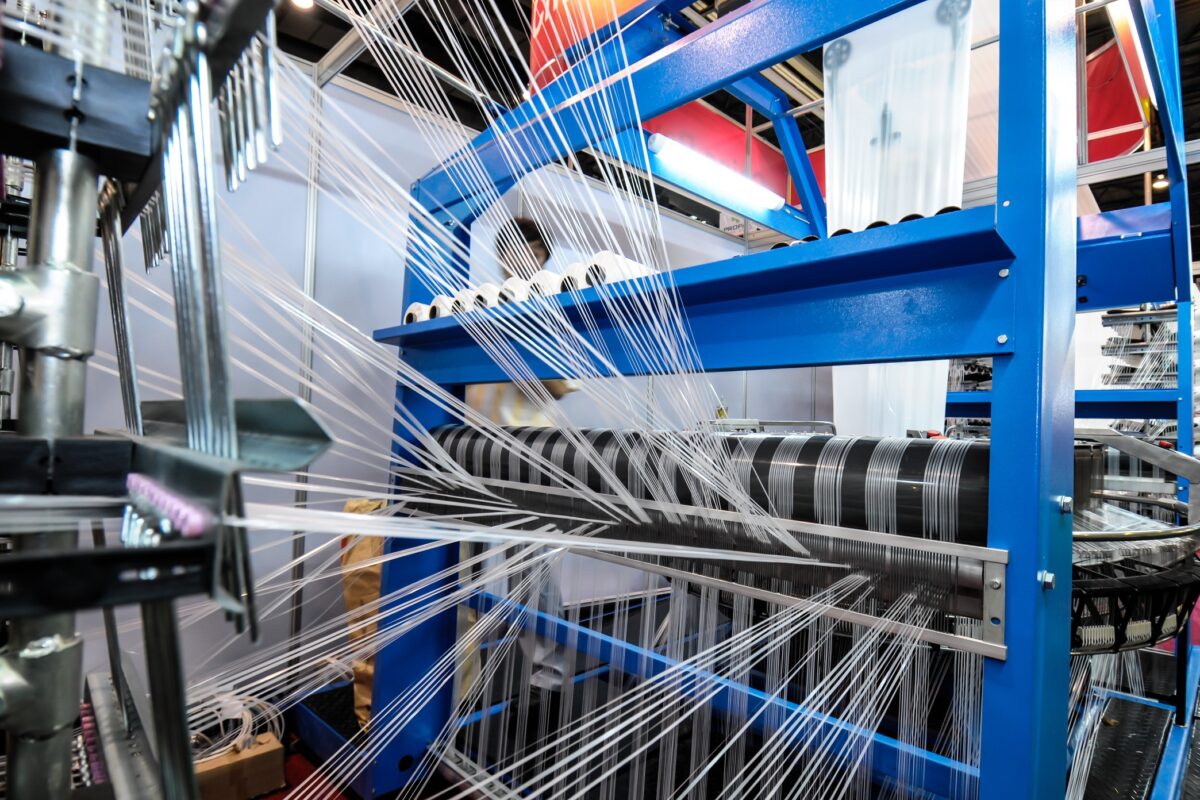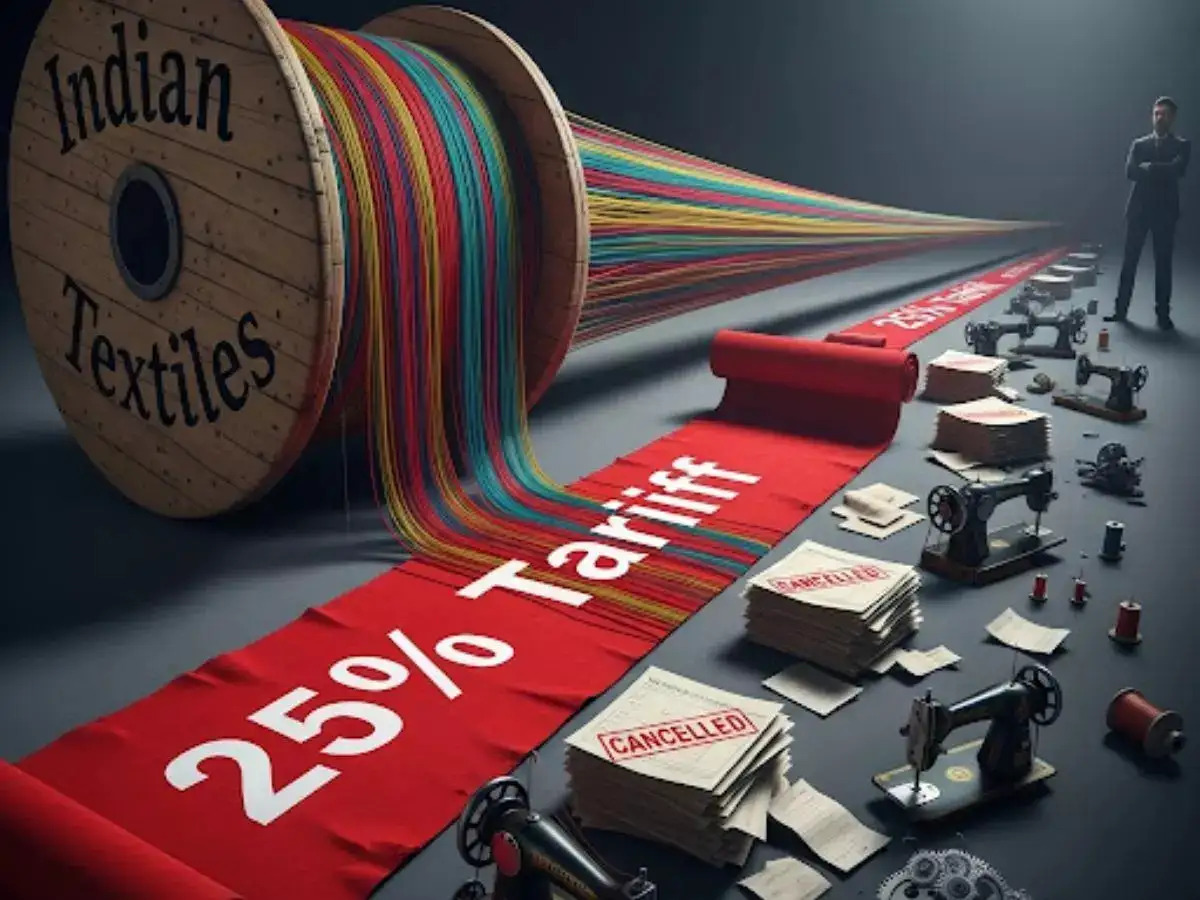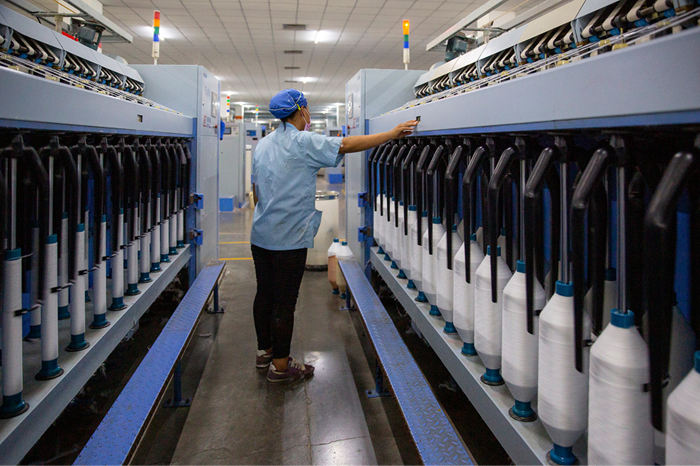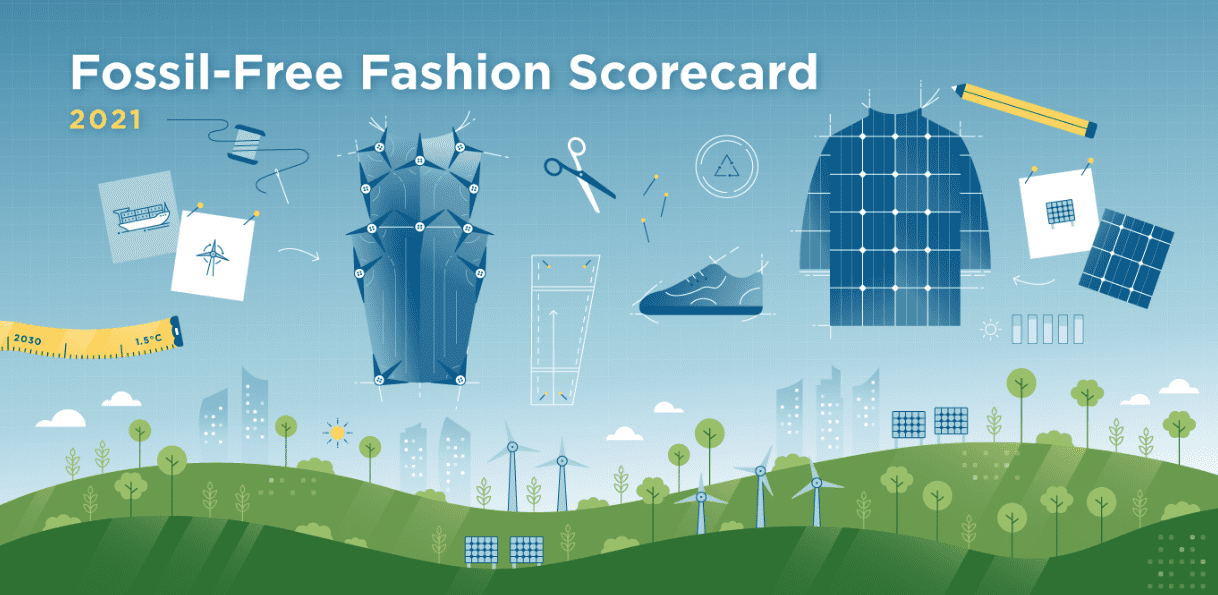FW
H&M is now the majority shareholder in Sellpy, a re-commerce platform that sells secondhand clothes. H&M started investing in Sellpy in 2015, and has since then participated in all investment rounds. The most recent investment gives the retail group a 70 per cent stake in Sellpy. Once the full investment is carried through, H&M will have an approximate 74 per cent stake in Sellpy.
Founded in Sweden in 2014, Sellpy is now preparing for international expansion, starting with Germany. H&M’s support will enable the business to innovate and drive awareness and adoption of re-commerce. H&M will keep investing in Sellpy because it strongly believes in the company and the founders. Sellpy happens to have an unique circular business model, which perfectly aligns with H&M’s vision to become fully circular. Sellpy is one of several long-term investments that H&M has made in recent years. In 2018, the retailer took a stake in the men’s fashion e-tailer Thread and the buy now pay later solution Klarna.
Donators can track the items being sold on Sellpy’s app and either have it transferred directly to their bank accounts or choose to donate it to a number of partnering charities. Anything not sold will also be donated to charity.
French textile machinery manufacturers are technology partners for hardware, software and services. NSC Schlumberger has introduced the ERA combing machine in a multi-servomotor drive design. With this new drive, most settings will be possible via the main control screen. The GC chain gill also benefits from additional axes driven by servomotors which allow more settings on the main control screen. All these new servomotor drives will allow more precise settings than using standard gearboxes which will enhance textile quality. Furthermore these new drives and technology allow recipes to be saved on each machine. Data exchange between machines will be possible through a Manufacturing Execution System as is remote access to the machines in case of incidents through an ethernet connection. Fil Control has a new motion reflective sensor for ring spinning machinery that allows monitoring, controlling and optimizing a yarn manufacturer’s productivity for better quality at lower cost.
Superba’s new automatic winder has an individual spindle motorization drive combined with a single tension sensor per position. It enables a constant tension winding process, a very accurate bobbin length measuring as well as an unique quality control for each yarn position. It opens up new opportunities in terms of winding quality.
Amsterdam Denim Days will be held on October 25 to 26, 2019. Amsterdam Denim Days is a denim an event offering an inspiring program with expos, music, seminars, denim market, food and drinks, workshops and many more to explore. Professionals from the denim industry and all denim enthusiasts get together to connect, get inspired and enjoy. Amsterdam Denim Days will host a series of denim-related events for fashion forward fanatics of denim. Professionals from the denim industry and all denim enthusiasts get together to celebrate all things indigo. It will feature workshops, rare vintage pieces and see the latest innovations from international denim designers. Admission will be free for the very first time.
Now in its sixth year, the event brings denim heads from around the world to browse the Denim Market, partake in workshops, listen to talks and dance to music. Kings of Indigo, Tenue de Nimes, Nudie Jeans, Diesel, Bossa and Soorty are confirmed to be in attendance. This edition offers a full program for denim lovers of every kind, from brands and makers to wearers and speakers. Trendsetting devotees on the street and influential denim innovators in the industry come together to celebrate all things indigo. Visitors can get a glimpse into the techniques used in creating jeans or get a one-of-a-kind piece customised.
Welspun India, one of the largest suppliers of home textiles globally to retailers like Walmart, Costco, etc, aims to be debt-free over the next five years. As per its latest annual report, Welspun India’s current net debt stands at Rs 3,028 crore. The company has short term loans of Rs 1,408 crore and long term debts of Rs 1,902 crore. Its cash and cash equivalents stand at Rs 282 crore (as on March 31, 2019). Its net worth stands at Rs 2,780 crore.
The company’s net debt to equity stands at 1.09 times for FY19 (as against 1.16 times in FY18). Its net debt to EBITDA stands at 2.64 times. The company reported net sales of about Rs 6,608 crore with a profit before tax and exceptional item of Rs 552 crore in FY19. Its exports to markets like US, Europe and the Middle East account for over 90 per cent of its turnover.
Emissions created by manufacturing clothes in the UK are lower than those created by a similar operation in an overseas textile production base. So, UK companies can make production processes gentler on the environment by manufacturing closer to home. The trend to manufacture overseas has not only decimated jobs in British fashion but is having a disastrous effect on the planet.
The biggest contributing factor to cleaner and more efficient manufacturing in the UK is due to the lower carbon intensity of the electricity supply network. The UK has significantly lower carbon emissions per unit of electricity compared to overseas production hubs such as China, Bangladesh and Turkey. A manufacturer in China would typically release around 90 per cent more greenhouse gas emissions while using the same energy as in the UK. Turkey would release around 70 per cent more emissions while using the same energy as in the UK and Bangladesh uses 24 per cent more. So production in the UK has lower direct carbon emissions – making it a more sustainable manufacturing base.
Renewable energy plays a key part in keeping energy consumption to a minimum. Within the garment production process, the sewing phase typically requires the most energy consumption. With solar panels, energy efficient machinery and LED lighting the average power required to make each garment has been reduced by 37.5 per cent.
Philippines’ apparel exports dropped four per cent from January to July in 2019 compared to the same period a year ago. Last year, apparel exports had dropped 16 per cent after flat growth the year before.
The expected transfer of manufacturing sites to the Philippines as a result of the trade war has not happened. Companies looking for alternative manufacturing sites tend to choose Myanmar over the Philippines. Companies are setting up shop in parts of Southeast Asia instead of China to avoid being a casualty of the growing tensions. A bill is seeking to lower the corporate income tax, which is currently one of the highest in Southeast Asia. But it has drawn a lot of criticism because it will also mean the rationalization of tax incentives, which is expected to lead to job losses after companies fail to cope with the rising cost of doing business. Over 1,10,00 workers — in apparel, textile, travel goods, and footwear industries — will be displaced in 12 to 18 months once the bill is passed. However, these workers are paid more than their counterparts in southeast Asia.
Cushioning the impact of the high cost of doing business in the country are the current tax incentives.
The Taiwan Textile Federation (TTF), an organisation coordinating an industry of multiple markets and end users, highlighted the latest developments and collections by Taiwanese companies at last month’s Intertextile Shanghai Apparel Fabrics, held in Shanghai recently.
TTF’s booth featured 91 companies, exhibiting their innovations in functional and fashion textiles. Under the slogan ‘Think Taiwan for Textiles’, Taiwan Select booth featured a number of outstanding Taiwanese textiles suppliers, which regarded the fair as a good platform to reach potential international partners and showcase their latest products. The booth attracted brands, textiles and garment manufacturers, to come to visit and source.
Founded in 1975, the Taiwan Textile Federation over the years, TTF has adapted to meet the needs of the textiles industry, expanding its functions to market promotion, product design, fashion information analysis, online information, technology training, collection and analysis of market information, certification of functional textiles, publications of textile information, issuance of Certificate of Origin, and other textile-related services.
The apparel industry in Noida is struggling. Sales have gone down 25 per cent in the last six months. The ongoing recession has hit sales in international markets. Several apparel manufacturers are hoping to shift from the export to the domestic market in the face of the drop in sales. They feel the domestic market is doing well and is capable of offsetting the losses. Industries are being helped in this through the one district, one product scheme and other policies. However, October onwards is usually a good season, so Noida’s apparel units are hoping the next few months will be better.
Apparel is one of the largest industries in Noida and the district is also recognised as a readymade garment hub. There are over 3,000 garment units in GB Nagar, employing more than ten lakh people. In the past one year, 1,39,255 people were employed and an investment of Rs 2,824.45 crores was made. Apparel exporters are hoping for more subsidies and updated laws relating to labor, industry infrastructure and financing, and consistent schemes and policies and incentives. While electricity rates in Noida come to about Rs 10 per garment on an average, power is free for garment manufacturers in China.
As per the Comptroller and Auditor General of India, the Karnataka textile policy 2013-18 failed to achieve its intended investment and job generation targets. The policy could not achieve the Rs 10,000-crore investment target and 5 lakh employment generation targets envisaged in it and fell short of its target by 63 per cent and 76 per cent, respectively. Additionally, the imparting of skill development training to unemployed youth was reduced from 2.96 lakh to 1.09 lakh. The CAG conducted a performance audit on the Karnataka Textile Policy 2013-18 to assess the outcomes of the initiatives and factors responsible for under performance.
The government which had planned six textile parks in the state with integrated facilities with private sector participation had not fructified. Though an amount of Rs 6.35 crore was irregularly released to an SPV in Kalaburgi, it did not fulfill the prescribed conditions.
Additionally, there was an inordinate delay in release of incentives and subsidy amount to beneficiary units, which affected their cash flow. Incentives/subsidies to one super-mega project were sanctioned by exceeding the admissible limit under the textile policy on extraneous grounds caused extra financial implications of Rs 315 crore. Rs 84.53 crore released for the implementation of various schemes was retained in the bank for period ranging from two to five years without utilisation.
The Hong Kong protests could hurt Burberry. The impact on the British luxury firm in the short term could be painful and the year to April 2020 might see sales plummet. Burberry’s exposure to the ready-to-wear clothing market has put it under more pressure than some rivals to shift current season stock. For many luxury brands in Hong Kong, accessories make up a bigger percentage of the mix and these can be less seasonal than ready to wear is. So Burberry might need to introduce markdowns pretty soon and divert stock that would have been destined for Hong Kong. That could mean more product being diverted to mainland China. On the plus side, around half of the losses could be recovered via higher sales elsewhere in the Asia-Pacific region and by ongoing sales rises in Europe. Burberry generates around eight per cent of its total sales in Hong Kong, where it has ten stores.
Luxury sales overall in Hong Kong have been down by as much as 60 per cent in the quarter to September. The problems in Hong Kong have led some companies to start negotiating with landlords in order to try to get reductions on the territory’s traditionally sky-high rents.












